Tune Up Your Squat,Plan For Progress,Warm Up To Get Down
Leg day Here are some fun new ways to beat up on your legs for more gain and more pain.
Admit it: Leg training sucks. It's not as fun as training your beach muscles, it takes a lot more effort, and it can make you feel miserable right after and for days to come. To make matters worse, even a really great leg workout loses its effectiveness within about six weeks—at which point you have to find a brand new one.
Cellucor athlete and IFBB physique pro Craig Capurso and I have put together some insider training strategies to make your leg training more effective, help you bust through your training plateaus, and re-ignite lower-body muscle gains. We aren't saying we'll make it any more fun. Leg day is what it is.
Here are our best six tips and techniques to move you beyond the basics and into advanced-level gains—even if you're not yet an advanced lifter.
1. Tune Up Your Squat
That first exercise of the day! Your energy levels are highest and your overall fatigue is at its lowest. It's the perfect time for a multijoint movement that recruits the most muscles, delivers the biggest anabolic punch, and handles the heaviest loads.
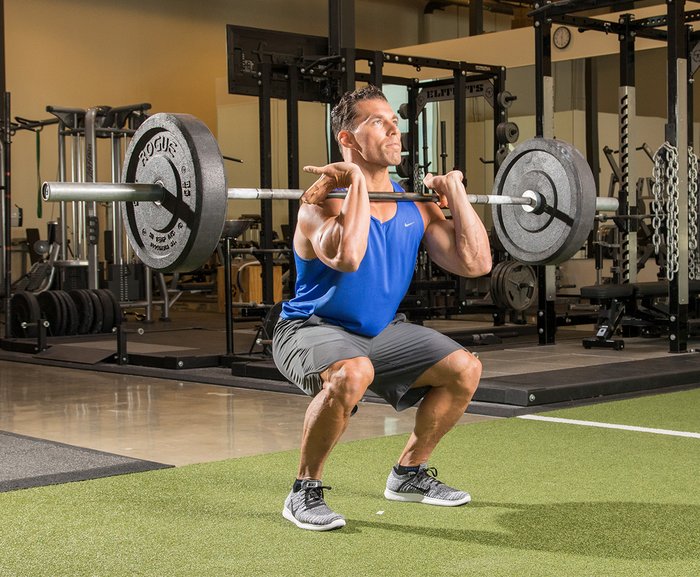
If you're one of those people who thinks leg presses are the way to start, think again. Squats are the kings of leg day: Nothing should come before them. Just make sure you're not making common mistakes in form when you do your squats (or any other leg-day exercises).
"I teach squat technique to a lot of people who think they already know how to do the movement," says Capurso. "The sequence is more complicated than it looks, involving a number of steps that you'll need to make second nature."
If you can, ask someone in the gym who knows their stuff to check out your form. Once you get the hang of it, it's all about practice, practice, practice.
2. Plan For Progress
Nothing works forever, including the workouts that brought your leg development to its current state. You need to continually make changes in how you train. But instead of taking a random approach and hoping for the best, why not follow a proven strength-based workout?
full-body strength program with planned stages of varying intensity and volume. By the time you finish the program in a month or two, you should be ready to start the program again—but at heavier weights.
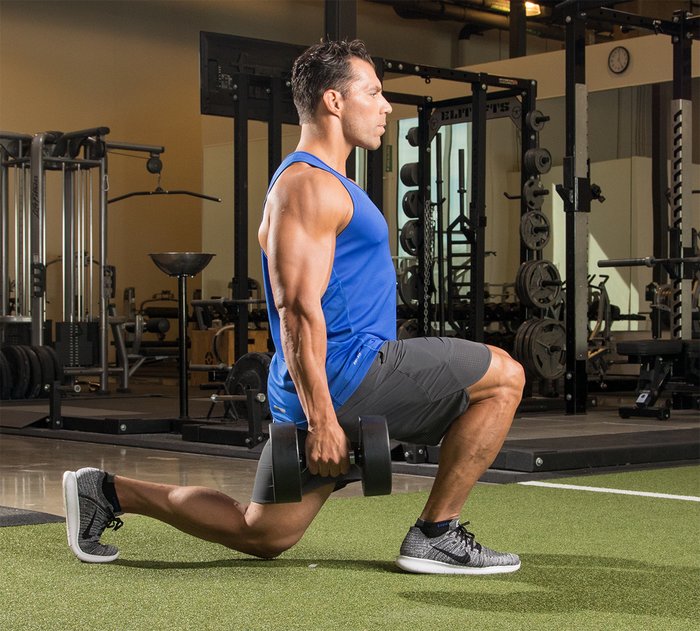
Of course, training for strength isn't the same as training for size. Take the time to learn how to adjust key training variables so you don't dilute the squat's strength stimulus.
More than any other exercise in your leg workout, the one you do first can cause the most structural damage to your skeletal muscle cells—and thereby trigger the most gains in size and strength.
3. If You Get Stuck, Get Creative
Who hasn't experienced the bodybuilding version of hitting the wall: Landing on the dreaded plateau? If you've been there, you probably know that doing more of the same workout is a doomed strategy.
A better solution is to start making adjustments to your current leg-exercise repertoire. As one study concluded, changing the movements you do is more important than changing your loading schemes.[1] So let's consider some changes that can make stale exercises effective again.
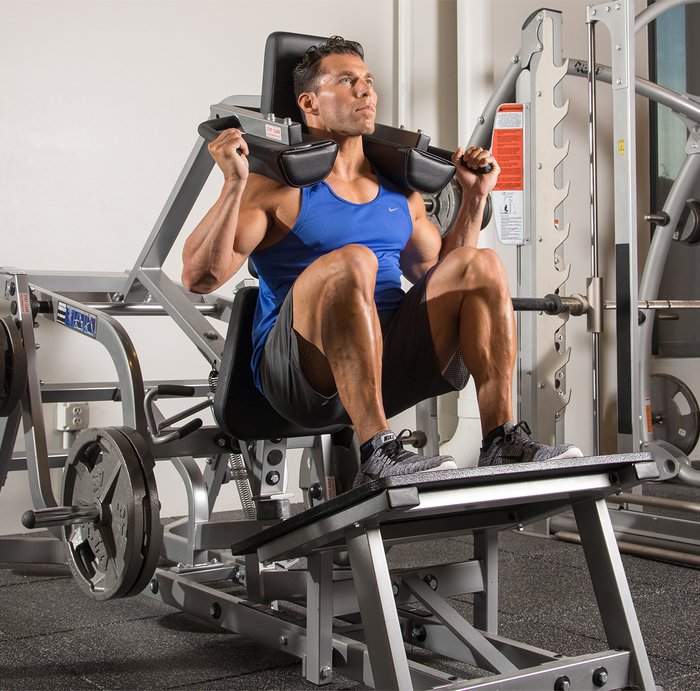
- Substitute the front squat for the back squat. Moving the bar from your shoulders to your upper chest brings your center of gravity forward. This shifts the load more onto your quads and away from your glutes.
- Adjust your foot position when doing movements that allow multiple placement options. Moving your feet higher on a sled decreases the range of motion around the knees, reduces quad activity, and puts more load on your glutes. Moving your feet lower increases the motion around the knees and puts more of the load on your quads.
- Placing your feet closer together or wider apart can also determine whether the load lands on your outer thighs (narrow placement) or your inner thighs (wide placement).
4. Warm Up To Get Down
Another sign of a more advanced workout is how far down you take the squat and other multijoint leg movements. Descending just a few inches and popping right back up shortchanges your glutes. It can also create a strength imbalance between the quads and glutes. This can limit your ability to use even moderately heavy loads on your full-ROM multijoint exercises.
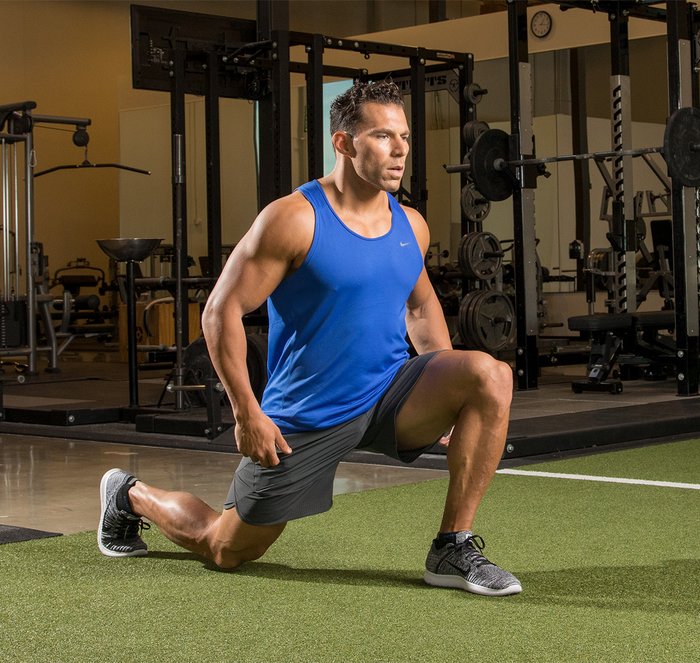
The only way to get deeper squats is to start again at lower weights and work your way back up—this time, doing it correctly. If you're having trouble getting low, try Capurso's suggestion: "To go deeper, you have to warm up properly. Whether you stretch statically or dynamically, prime those muscles and joints for action."
5. Load Up Your Posterior Chain
Squats and other multijoint thigh movements are great for your quads and glutes, but they don't do much for the hamstrings.[2] Ignoring your hams will make your physique appear asymmetrical. It might also undermine your knee stability.
Weak hamstrings can also lead to hamstring strains and anterior-cruciate-ligament injuries, especially among women.[3,4] For good knee health and joint stability, train so that your quadriceps (the antagonist muscles to the hams at the knee joint) are stronger than your hams by about a 3:2 ratio. The quads need to be stronger because they're a bigger group of muscles, and because they're used more frequently than the hams during daily activities.
When you think about increasing your hamstring strength, think Romanian deadlifts (RDLs). RDLs work your hamstrings from the hip, making them a perfect complement to knee-flexion movements like standing, lying, seated, and knee-supported machine leg curls.
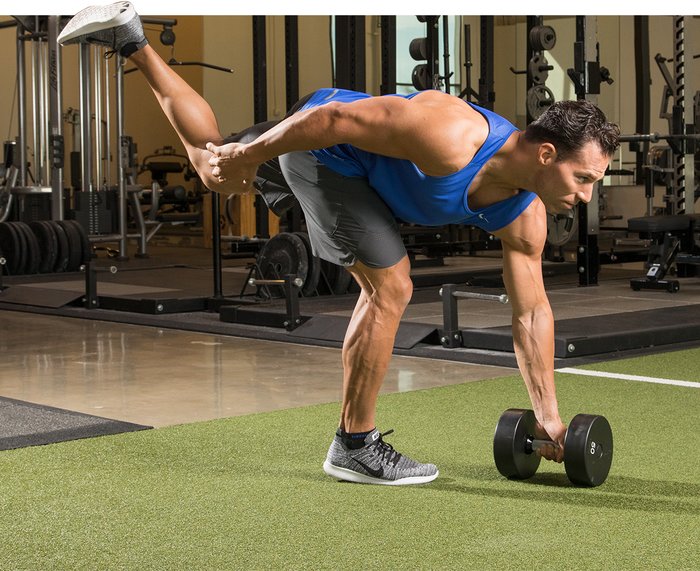
Just be careful to do RDLs the right way. Too many people get them confused with barbell deadlifts and stiff-legged deadlifts. The result can be a "Frankenlift" that places your lumbar spine in harm's way. RDLs are great because they enable you to move heavy loads. But for that very reason, your technique must be exact. Start light, nail the form, then move on to bigger loads.
If you're not doing any barbell deadlifting on back day, research suggests that the Russian curl—otherwise known as the natural glute-ham raise, floor glute-ham raise, or just leg curl—is a good substitute.[5] (Use the conventional version of the Russian curl, not the RDL.)
6. Find Ways To Overload, And Then Some
Another way to pour gas on the leg-day fire is with intensity-boosting techniques. You might know about forced reps, dropsets, supersets, and pre-exhaust. Here are a few more accelerants to add to the mix:
- "Heavy volume training (HVT) is especially good for putting on size," says Capurso. "It combines high volume and heavy iron and has become my favorite way to train legs."
- Resistance bands (or chains) help build strength over the entire movement arc.
- Squat "pauses" (sometimes called "reverse movements") can be easily done in a power rack. They help you build strength out of the hole by eliminating elastic energy.
- Isometric training takes advantage of the fact that you can produce more force isometrically (a static contraction in which there's no movement) than you can concentrically.
"Leg day done right is not for the faint of heart," Capurso says. "Technique and workout structure is great. But you've got to develop the mental fortitude to push when your body wants to quit. Get yourself into a strong place mentally, and focus on an intra-set goal. Don't let your mind wander when the pain begins. Your body will last as long as your mind is able to push it there."
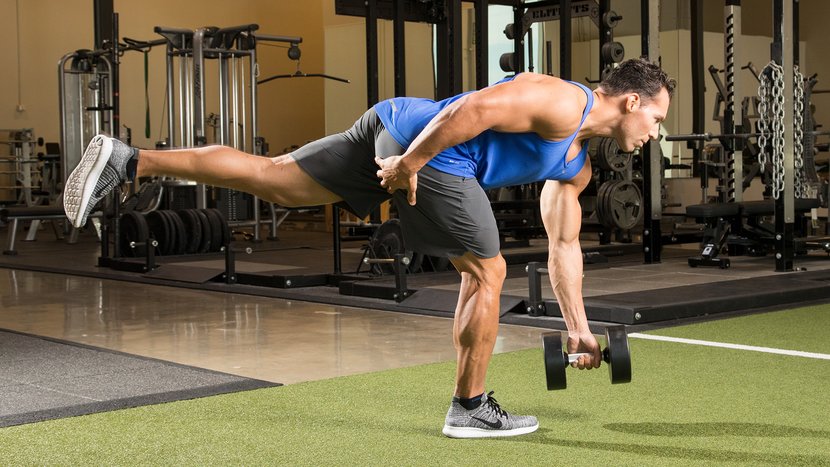
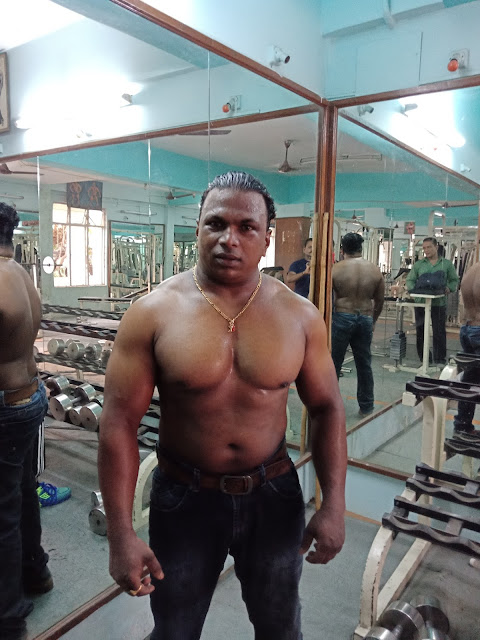
Comments
Post a Comment